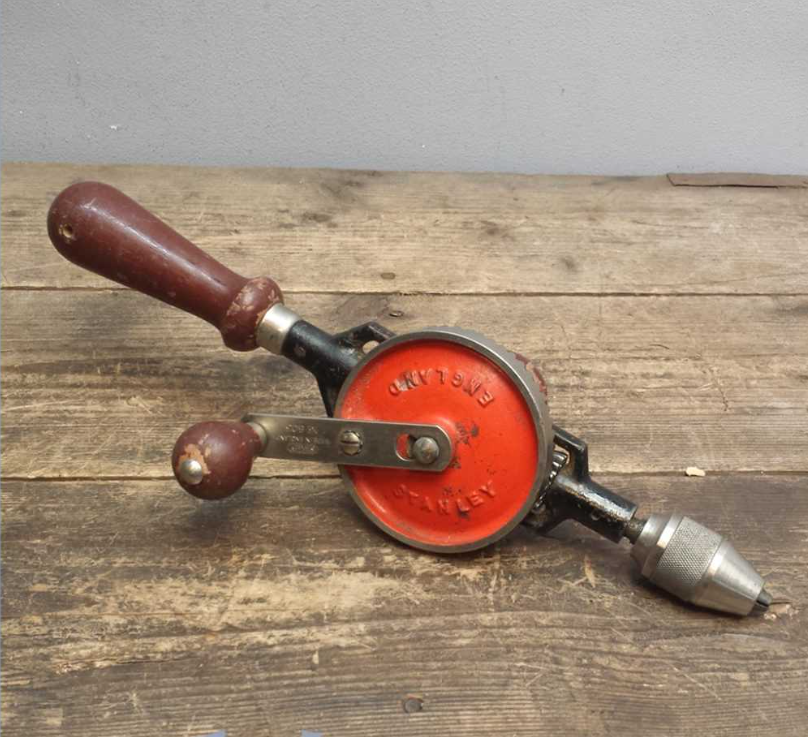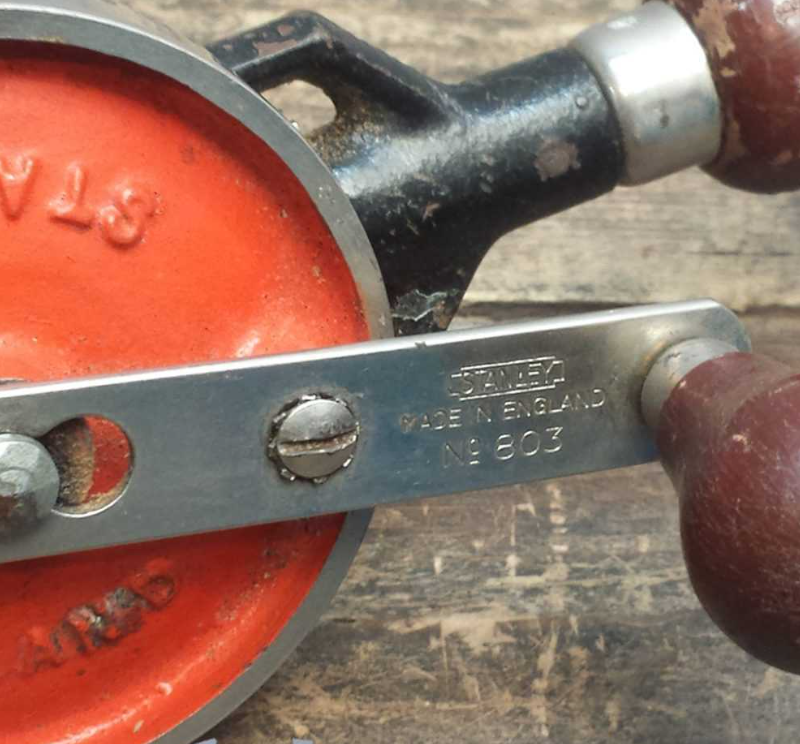Egg beaters are one of those simple kitchen tools that revolutionized food preparation, saving countless hours of labor in households and professional kitchens alike. While today’s egg beaters are sleek and efficient, their journey began in the mid-19th century, evolving through inventive trial and error. Let’s dive into the fascinating history of the egg beater, exploring its early designs, the inventors behind them, and their eventual widespread use in kitchens across the globe.

The Early Days of Egg Beaters
The first hand-operated rotary egg beaters emerged just before 1860, when inventors sought innovative ways to simplify the labor-intensive task of whisking eggs. Unlike modern designs, these early contraptions were more experimental, with inventors testing various mechanisms to see what worked best.
- The First Designs:
The earliest known rotating egg beater was patented in America in 1856. Around the same time, in England, Griffiths’ Whisk was patented in 1857. These devices relied on manually cranked rotary mechanisms, but their designs were rudimentary compared to today’s standards. - Fixed vs. Portable Models:
Some of the initial beaters were fixed inside pots or attached to tables, limiting their usability. This design required cooks to use specific mixing containers rather than their preferred bowls. While innovative, these designs didn’t offer the versatility that portable models eventually achieved.
The Dover Egg Beater Revolution
By the 1880s, the mechanical egg beater as we know it began to take shape. Leading the charge in America was the Dover Stamping Company, which popularized the “Dover egg beater.”
- The Monroe Patent:
The company acquired a series of patents, beginning with the Monroe egg beater in 1859. This design quickly gained traction in the United States and abroad, with George Kent manufacturing and marketing it in London. - Mass Production:
Between 1870 and 1890, Dover produced over 4 million egg beaters, with the majority being “family size.” They also introduced specialized versions, including 1,000 “hotel size” beaters and 10,000 “extra family size” beaters, demonstrating the tool’s growing popularity in both domestic and professional settings.
Why Were Egg Beaters So Popular?
Egg beaters didn’t just make whisking faster—they introduced a level of efficiency that transformed baking and cooking. The designs varied, with some focusing on whipping egg whites for maximum aeration, while others targeted batter and other mixtures. These innovations reflected the growing emphasis on speed and consistency in kitchen tasks.
- Aeration and Efficiency:
Many patents emphasized how egg beaters could incorporate air into mixtures more effectively than traditional whisks, creating fluffier, lighter results. - Ease of Use:
Advertisements touted how these tools could simplify a “laborious and fatiguing operation,” making them especially appealing to households and professional kitchens alike.
Challenges to Adoption
Despite their utility, rotary egg beaters faced some resistance, particularly in Britain and continental Europe. Victorian-era advice on kitchen tools often recommended traditional wire whisks, which were considered sufficient for most tasks.

- Cultural Preferences:
In the US, the Dover egg beater became a household name, frequently mentioned in recipes and advertisements. In contrast, British and European cooks were slower to embrace the newfangled gadget, relying on familiar methods. - Limited Branding:
While Dover dominated the American market, no single brand captured the British market in the same way. Instead, rotary beaters in the UK were marketed under names like “one-minute beaters” or “ten-second beaters,” lacking the branding power of Dover.
The Clamp Debate: To Fix or Not to Fix?
Some early egg beaters featured clamps, allowing them to be attached to tables or countertops. While this seemed like a practical solution, it introduced its own set of challenges.
- Advantages of Clamps:
Clamps provided stability, much like modern stand mixers, enabling the user to mix more vigorously without holding the beater in place. - Practical Limitations:
Fixed beaters were less versatile and harder to clean and store. Over time, the convenience of clamp-free designs won out, making hand-held rotary beaters the preferred choice.
How Egg Beaters Changed Kitchen Culture
By the 1890s, egg beaters had become a staple in American households and were beginning to make their way into professional kitchens around the world. Their efficiency not only saved time but also made it easier to achieve consistent results in baking and cooking.

- Impact on Recipes:
As rotary egg beaters became more common, recipes began to reference them directly, highlighting their role in modernizing kitchen techniques. - Wider Accessibility:
The mass production of egg beaters made them affordable and accessible, ensuring that even modest households could benefit from this innovative tool.
The Legacy of the Egg Beater
Today, the legacy of these early egg beaters lives on in the form of electric mixers and modern hand-held beaters. However, the basic principles remain the same: creating efficiency and consistency in food preparation. The humble rotary egg beater paved the way for countless innovations in kitchen technology, proving that even the simplest tools can have a profound impact on our daily lives.
Conclusion: A Kitchen Revolution Born of Simplicity
The evolution of the egg beater is a testament to human ingenuity and the pursuit of convenience. From its humble beginnings in the mid-19th century to its role as a staple kitchen tool, the egg beater has transformed how we cook and bake. While we may take today’s high-tech gadgets for granted, it’s worth remembering the early inventors who made whisking a breeze—and forever changed our culinary landscape.


